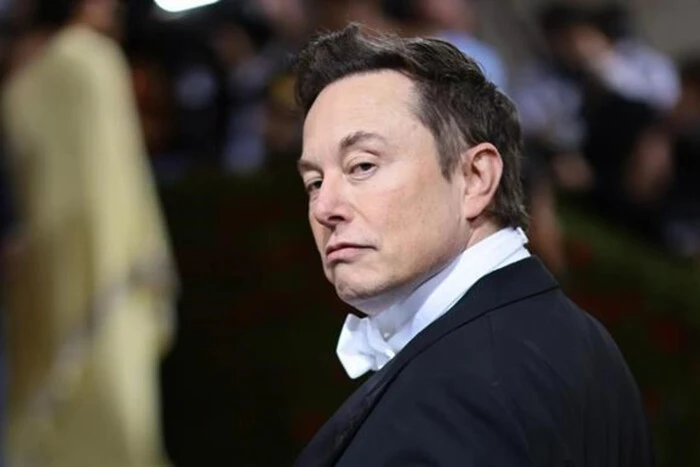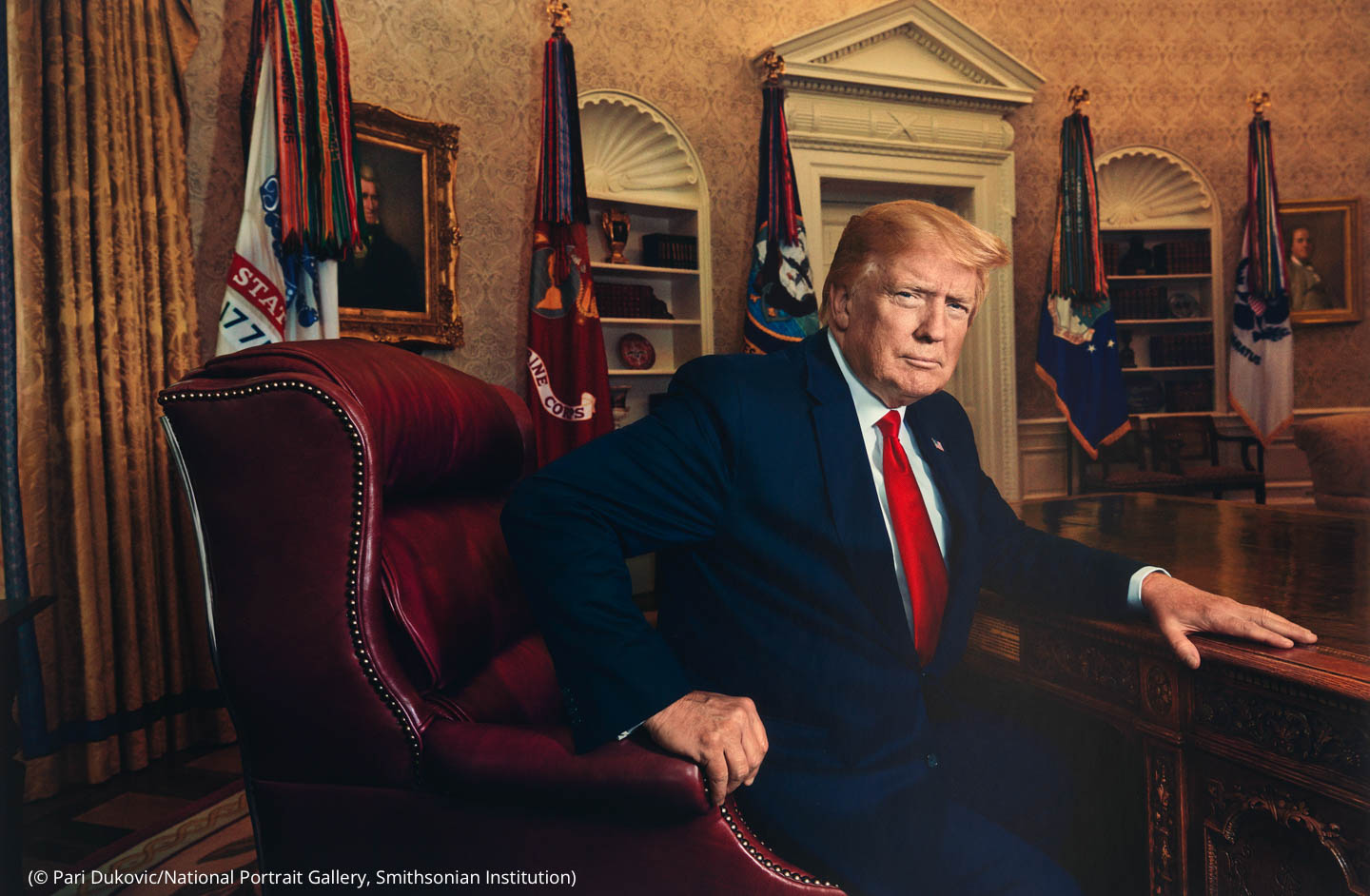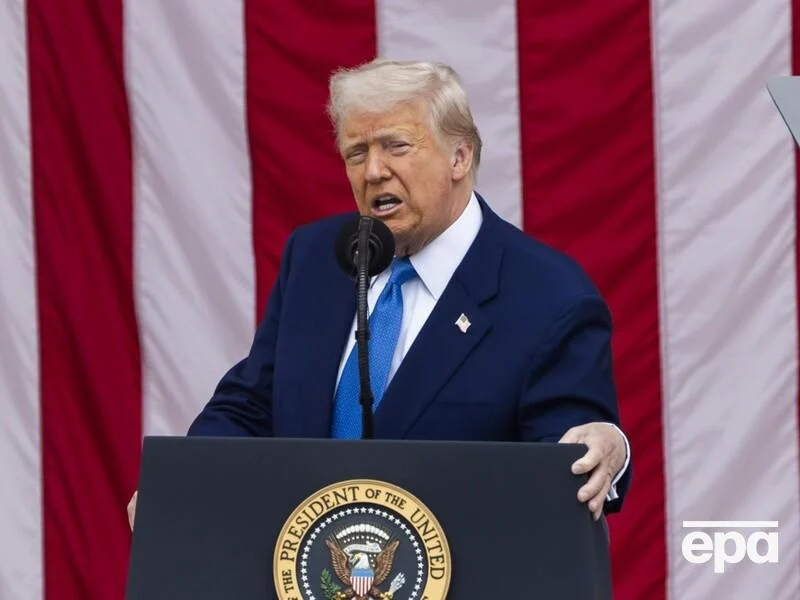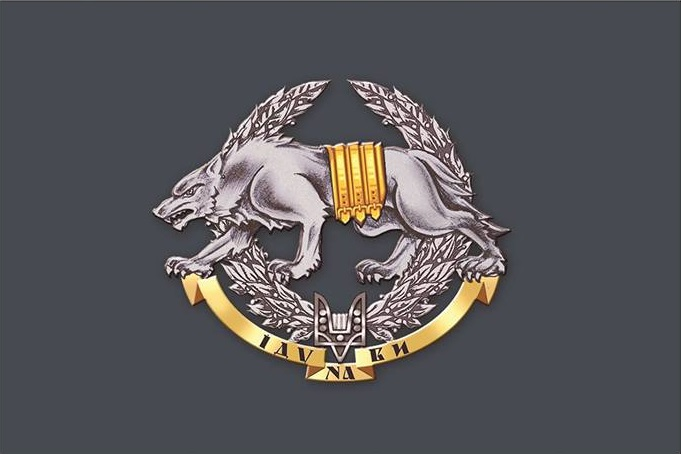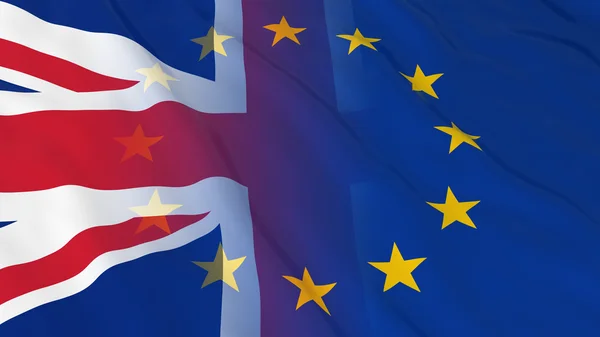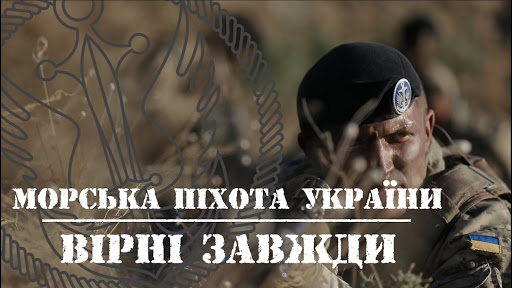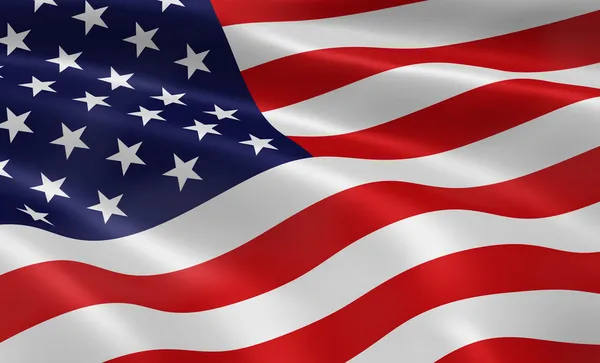The next meeting of the Ukraine Defence Contact Group, also known as the Ramstein format, will be held without the physical presence of US Secretary of Defence Pete Hegseth. The group, which brings together nearly 60 countries to coordinate military support for Ukraine, has become a key platform for providing Kyiv with weapons and resources in its war against Russia. Hegseth’s predecessor, Lloyd Austin, chaired 25 such meetings, demonstrating Washington’s active involvement. This time, however, Pete Hegseth is expected to join the discussions in Brussels only via video link.
This change in the format of the US Secretary of Defence’s participation did not go unnoticed. Experts and politicians see this as a signal that the Donald Trump administration is probably not planning to ask Congress for a new aid package for Ukraine. Hegseth’s physical absence from the meeting is perceived as a symbol of the US gradually withdrawing from an active role in the Ukrainian issue, which could change the dynamics of international support for Kyiv.
Meanwhile, Ukrainian President Volodymyr Zelenskyy is trying to adapt to the new reality. On Wednesday, 9 April, he said that Ukraine is ready to pay for weapons worth between $30 and $50 billion on its own – provided that America provides the necessary weapons. These are critical systems that Kyiv cannot get from other partners: air defence interceptors capable of destroying ballistic missiles, certain types of anti-radar missiles, and HIMARS – long-range precision missile systems.
However, the sources of funding for such a large-scale purchase remain unclear. Ukraine’s war-torn economy is unlikely to be able to provide such funds on its own. Zelenskyy may be counting on European allies to act as intermediaries, purchasing weapons from the US on behalf of Ukraine. Europe, however, has limited capacity to produce such systems itself, making American support indispensable.
The distant involvement of Hegseth and the lack of clear signals of further assistance from the US raise questions about the future of the US-Ukraine military partnership. For Ukraine, this may mean that it will need to look for new strategies – both financial and diplomatic – in the struggle to maintain its defence capabilities. Whether Kyiv will succeed in convincing Washington to remain a key ally or whether Europe will be able to fill the emerging gap is a question that will be answered in the coming months.
Author : Aleksandr Potetiuiev


